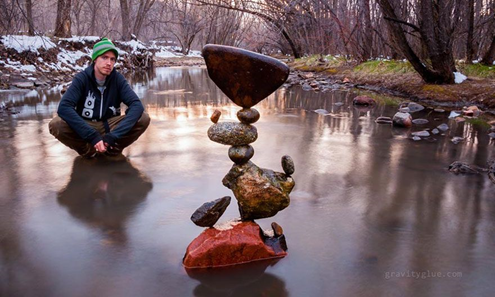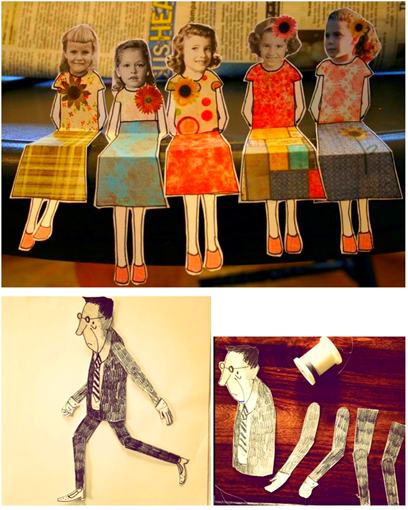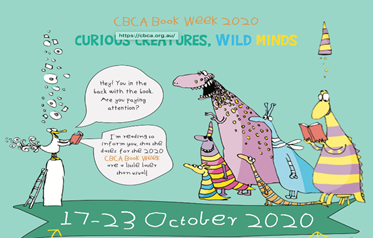Specialist Year 5 & 6 Learning from Home Weeks 7-9
Weeks 7-10 Learning from Home (Commencing 31 August)
[Previous weeks' Specialist pages are here]
Spanish Explorers (History)
Learning Intention:
We are learning about significant Spanish Explorers and the impact their explorations had on the Aztec Empire
Spain became a great European power in the 16th century, due to the vast wealth in precious metals that its explorers discovered in the New World. Spanish forces under the command of Hernán Cortés and Francisco Pizarro, two premier conquistadors, acquired untold riches in gold and silver from the Aztec and Inca civilizations of Central and South America.
Activity 1:
Log on to ClickView to watch a video here about different Spanish explorers.
The videos are long, so you do not need to do each of these activities all in one week.
Jot down the main ideas and interesting facts that you learn as you are watching.
Think about the strategies each explorer used to explore/conquer and write these in your books.
Reflection:
How do you feel after watching this video?
Do you think the actions of the Spanish conquistadores were justified?
How are they the same or different to the previous ClickView video from Weeks 2-5?
Activity 2:
Choose a side!
Who was the better or more effective leader, Cortés or Pizarro?
In your book, draw a table with two columns.
At the top of each column, write the name of each explorer.
Referring to your notes, compare the two men and their strategies for conquest by listing what each did to achieve their goals. Include information on what went wrong for each explorer.
What conclusions have you drawn from your research?
Activity 3:
Newspaper Reporter
Imagine you are a newspaper reporter during the 16th century.
Report the details of the conquest from the point of view of the Spanish, Aztec or Inca people.
Before writing, think of the different perspectives and experiences for all of the people that this affected.
Consider the following:
- How might an Incan, Aztec or Spanish person feel and think about the events?
- What events occurred to make them feel this way?
- How did they feel after each event?
Write your article into your LFH book to share when school resumes.
Music
Learning Intention:
We are performing and recording our parts in a song with accurate tempo (speed) and pitch (high and low sounds)
Perform your sections of the song ‘We Go Together’.
You can choose to sing just your verse, or all 3 sections of the song.
You will need to use the previous videos, or the videos below, to sing with as I need you to be in time with the backing track.
It is very important that when you record your singing, that you have headphones on so I can hear just your voice and not the backing track.
Record your singing on a device and send the video or audio to me through Sentral Parent Portal by Friday 11 September.
You may need to compress the video so it is a small enough size to send. You can do this through using software like QuickTime (Mac) or VLC (Windows). There are also websites that can do this for you.
Log on to ClickView and then click on the links for the following videos:
- For warmups to help your singing click here
- For the Years 5 and 6 verse click here
- For the entire song click here
Art
Year 5
Learning Intention:
We are learning to explore visual arts practices as inspiration to create artworks that express different ideas and beliefs
Installation Art is art that is built on a site.
It can be indoors or outdoors and usually involves the viewer moving through it or interacting with it.
Sometimes the artist is making an artwork to say something about the place. Installation Art is often temporary.

Follow the links below to create artworks about nature, using natural objects and materials.
Find a space you like, either inside your house, or somewhere in your outdoor environment if you have access to a garden or balcony.
Create an installation for this space.
Think about the size and shape of your installation.
Experiment with materials and construction techniques to make a variety of forms.
Consider using weaving, threading, twisting, tying, stacking or arranging.
Click here for ideas.
Research Andy Goldsworthy’s installations and consider filming or photographing your work before it fades or is blown away in the wind.
* For those of you practising perspective for your landscape (particularly Douglas Blak’s work) click here for simple perspective lessons. You can use this skill for drawing anything, block letters, floating balloons, cars, trees, anything.
- Above the horizon line will put objects in the sky
- Below the horizon line will put them in the foreground (lower will be closer)
- On the horizon line will limit your 3D elements unless you are to the right or left of your vanishing point
Year 6
3rd Lesson Graduation Artwork
Learning Intention:
We are learning to select and apply visual conventions, materials, techniques, technologies and processes specific to different art forms when making artworks.
We are also learning to create and display artwork considering how ideas can be expressed to an audience.
By now you have started your collage character using a photo of yourself.

If you have a printer at home, take a photo of your character, email it to your parents and ask them to print it for you the same size and colour as the original. Now you can have as many copies as you need to experiment with.
Alternatively you can trace limbs and change them a little if needed. Cut out the arms and legs so they can be moved.
The artist above has tacked his on with wire, but I just placed mine in position with a tiny piece of blue tack.
Review previous lessons below. As you begin you will understand details more clearly and may even have more questions.
Please email me using the Sentral Parent Portal with any questions. Also check your Google Classroom topic folder “Graduation Art”
Click here to see a paper animation by kids at the Metropolitan Museum.
Click here to make a thaumatrope.
Invented by John Ayrton Paris, an English physician, in 1825, the thaumatrope was the first instrument to exploit the persistence of images on the retina. For more information on animation devices and the persistence of vision, click here.
Library
Learning Intention:
We are learning about the criteria the CBCA uses to shortlist books
Book Week this year will be celebrated in term 4.
This Children’s Book Council of Australia event highlights the importance of reading, and draws on the joy of stories and the creativity of Australian books.
The CBCA judges have shortlisted six books in different categories.
The categories we focus on are Early Childhood, Picture Book, Younger Readers and The Eve Pownall award.
All students will get to vote on their favourite book in term 4 and we will compare our choices to those of the judges.
The CBCA will officially announce the winners on Friday 23 October.
The CBCA theme this year is ‘Curious Creatures, Wild Minds’

One of the categories Year 5 and 6 will be focusing on leading up to Book Week is the Eve Pownall Award which highlights nonfiction books for children.
Six books have been shortlisted by the CBCA judges as the best books in this category based on the following criteria.
- The books have the prime purpose of documenting factual material.
- The books have imaginative presentation, interpretation and variation of style.
- The books can include works of nonfiction, autobiographies and biographies.
One of the shortlisted books in this category is ‘Cicada’.
One of the reasons the judges shortlisted this story is because of the interesting way it has been written
(it is both a fiction and nonfiction story). To hear this story log in to ClickView and watch Cicada.
- Why do you think the judges shortlisted this book?
- Do you think the story was well presented?
- Do you think the focus of fiction and nonfiction on each page is appealing?
- Did you learn facts about Cicadas?
Choose an animal of your choice.
Write a fiction book about that animal. You may base it on a story that you already know.
On each page add nonfiction information about that animal - just like in the story Cicada.
If you wish, bring your books to school. I would love to put them on display in the library and then donate them to the Prep and year 1 classroom libraries.
Optional:
Click here and research these statements to determine whether they are curious facts or wild fiction.
© Copyright Laburnum Primary School
